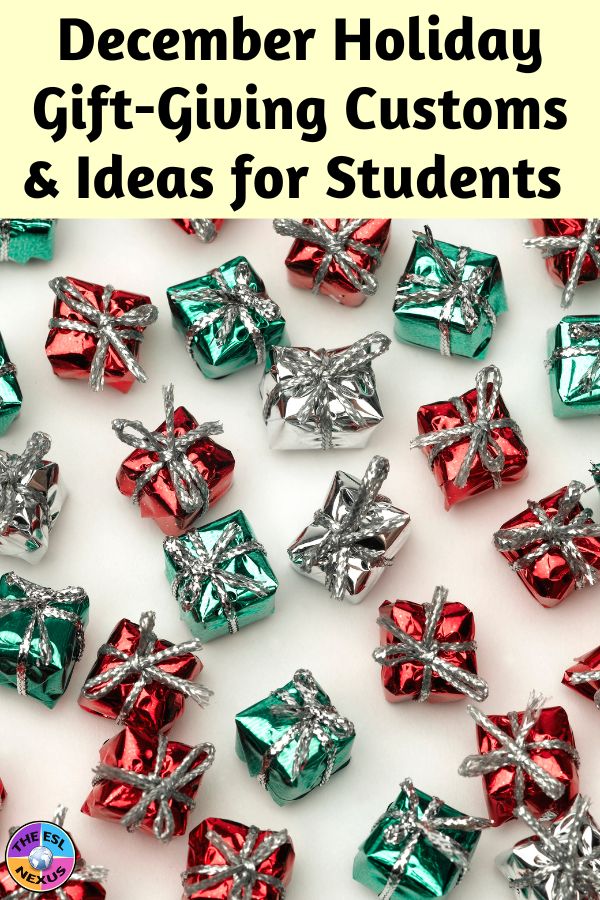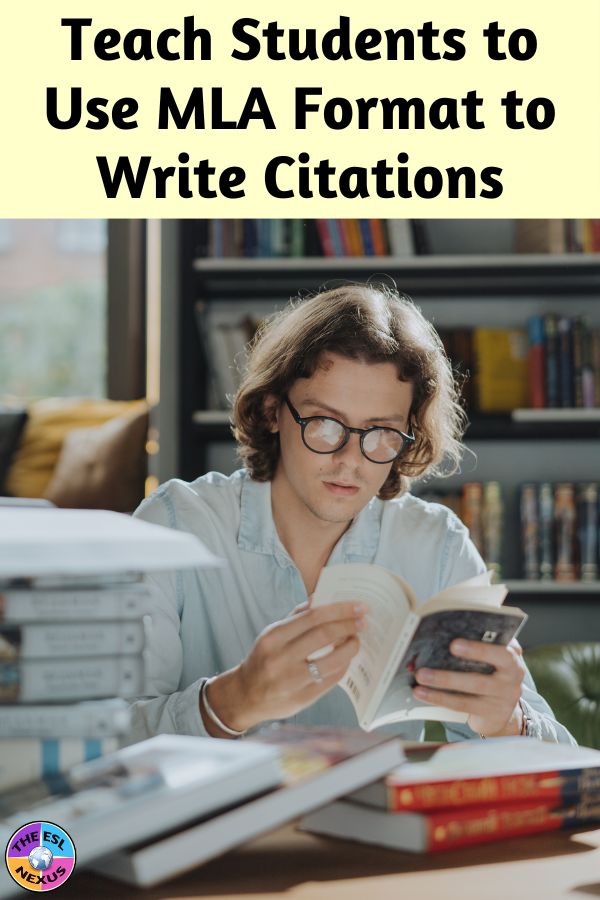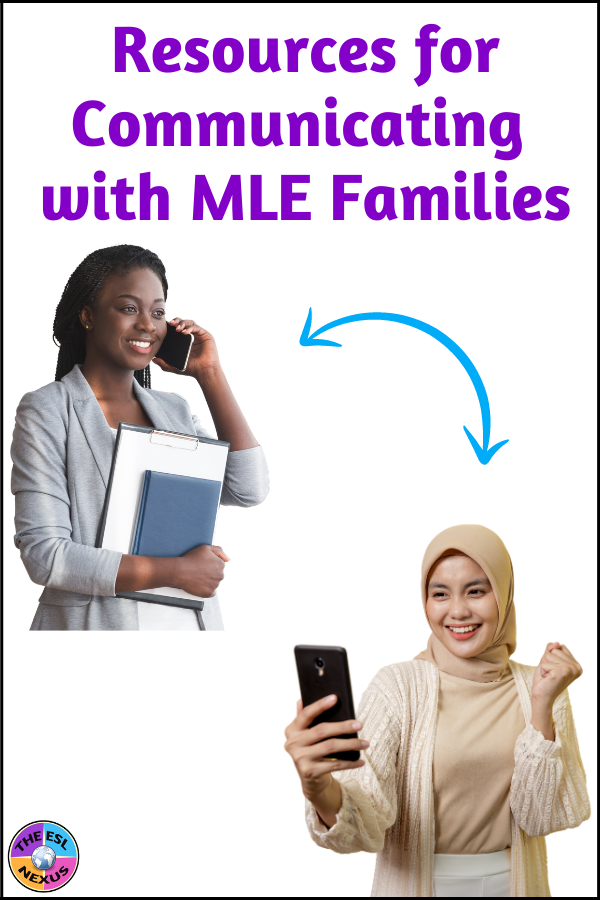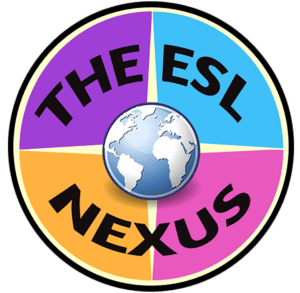With less than 1 month to go before the 2024 presidential election in the U.S., your students might be asking you about the candidates, who you’re going to vote for, or other political-focused questions. I’d like to use this newsletter to discuss why I believe teachers should not tell students about their presidential preference, how you can teach about the presidential process nevertheless, and explain how one of my resources can do that plus links to some other resources.
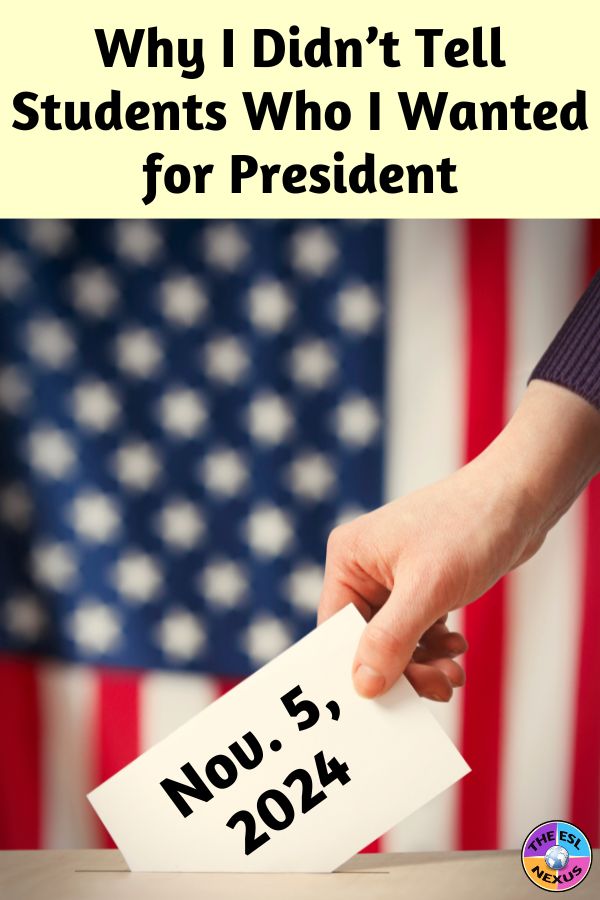
Staying Neutral in the Classroom
Middle schoolers are impressionable and teachers are a big influence on them. But I didn’t feel that as a teacher, I should be promoting one presidential candidate over another. So I kept my political preferences and opinions to myself. Regardless of how often my middle school students asked me who I was going to vote for, I never told them. Instead, I encouraged them to talk with their families about voting and the election process.
Another reason for not sharing my opinion was because I didn’t want to alienate any parents or caregivers who might vote differently from me. If families knew what my political preferences were, that potentially could’ve created some discomfort when interacting with me or they might have treated me differently if their views were different from mine. I also preferred not to know what their political preferences were. Keeping my views private meant we avoided the possibility of judging each other as a result of our political views.
Teaching Students About the Presidential Election Process
However, students do need to know how the U.S. government and election process work. Fortunately, the 5th grade Social Studies curriculum I followed included teaching civics. Which was fortunate because my students didn’t know what the Electoral College was, who their senators and representatives were and what they did, or how the primary election process worked. If you can incorporate teaching about the Three Branches of Government, you can easily teach about the presidential election in a non-partisan way.
Many schools are polling places and if they are open on Election Day, that’s a great way to show your students how voting works. I always took my students to the gym where the voting booths were located so they could see first-hand what was involved. Even though most of my students were U.S. citizens, but grew up speaking a language other than English at home, for many of them that was the first time they’d ever seen the voting process. If you have the opportunity to take your students to the polling place in your school, I highly encourage you to do that because it gives students a better understanding of how elections work.
Resources for Teaching about the Presidential Election in 2024
I created a resource about the presidential election process back in 2016 and updated it in 2020 and again for 2024. This 2024 Presidential Election Vocabulary, Reading, Writing, Speaking & Research Bundle includes vocabulary flashcards, a word wall, a memory game, crossword and word search puzzles, writing and discussion prompts, a reading passages, and research tasks
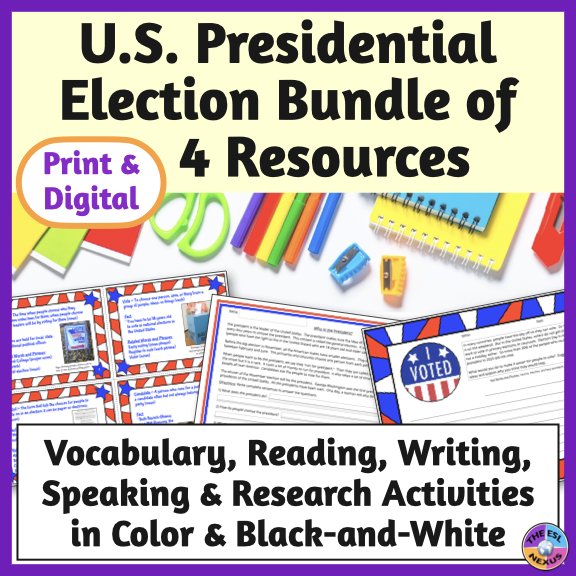
The purpose of this resource is to help you explain the election process to your students. It’s especially helpful for Multilingual Learners because the text is in simple, accessible language that students at intermediate proficiency levels can understand.
Below are some more resources for teaching about the 2024 election. They’re for a range of grade levels. I haven’t used them myself, nor have I clicked on all the links, but the resources whose links I did click on look good.
- We Are Teachers: 11 Great Videos to Teach Students About Elections and Voting
- Nearpod blog: Nonpartisan election lessons about voting
- iCivics Election Headquarters
- National Constitution Center: Election Teaching Resources
- 12 Ways to Teach the 2024 Election With The New York Times
Engaging Students in the Presidential Election Process
The day after elections, some of my students told me they went for the first time with their families to the polls when they voted. I couldn’t help but think my lessons and their “field trip” to the polling place at school had something to do with that.
If we can help students become more knowledgeable and engaged in the election process, while remaining neutral about our own political preferences, then I think we’ll have done our jobs well.

